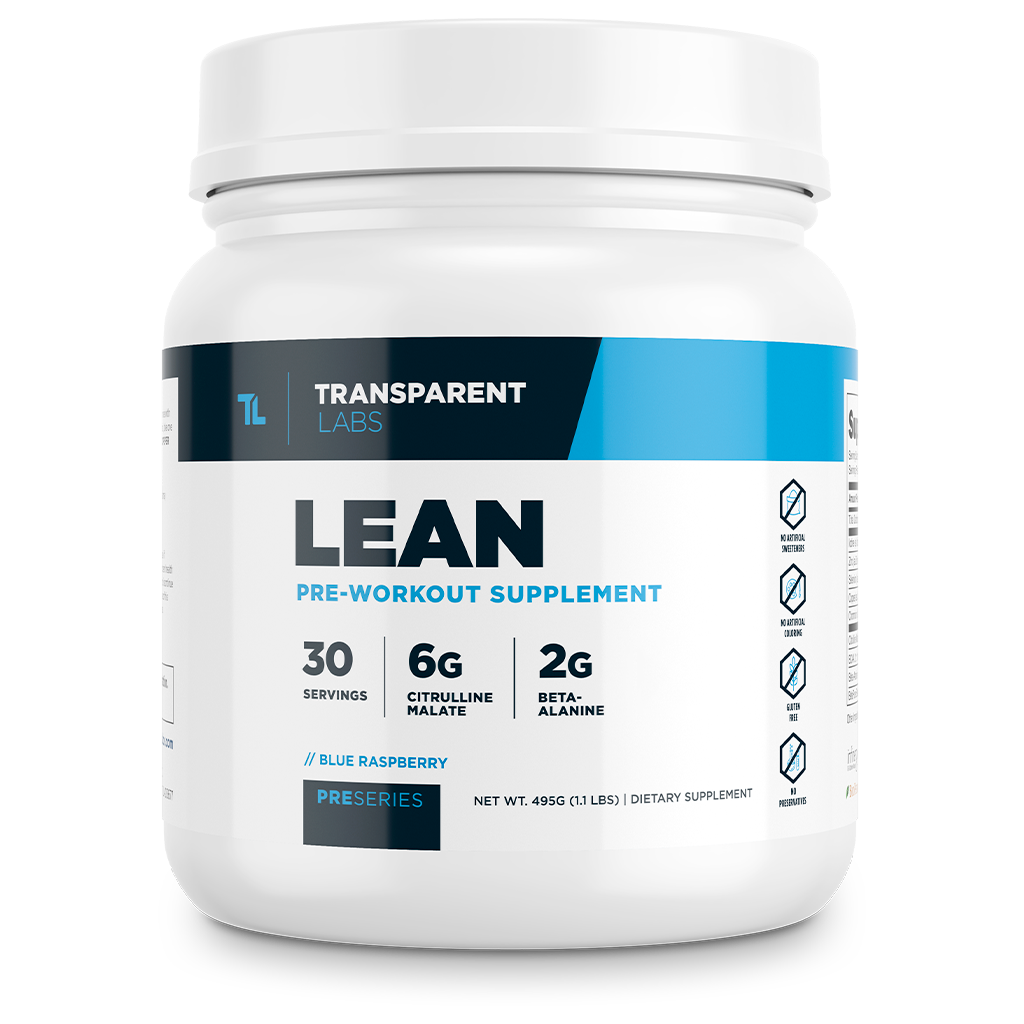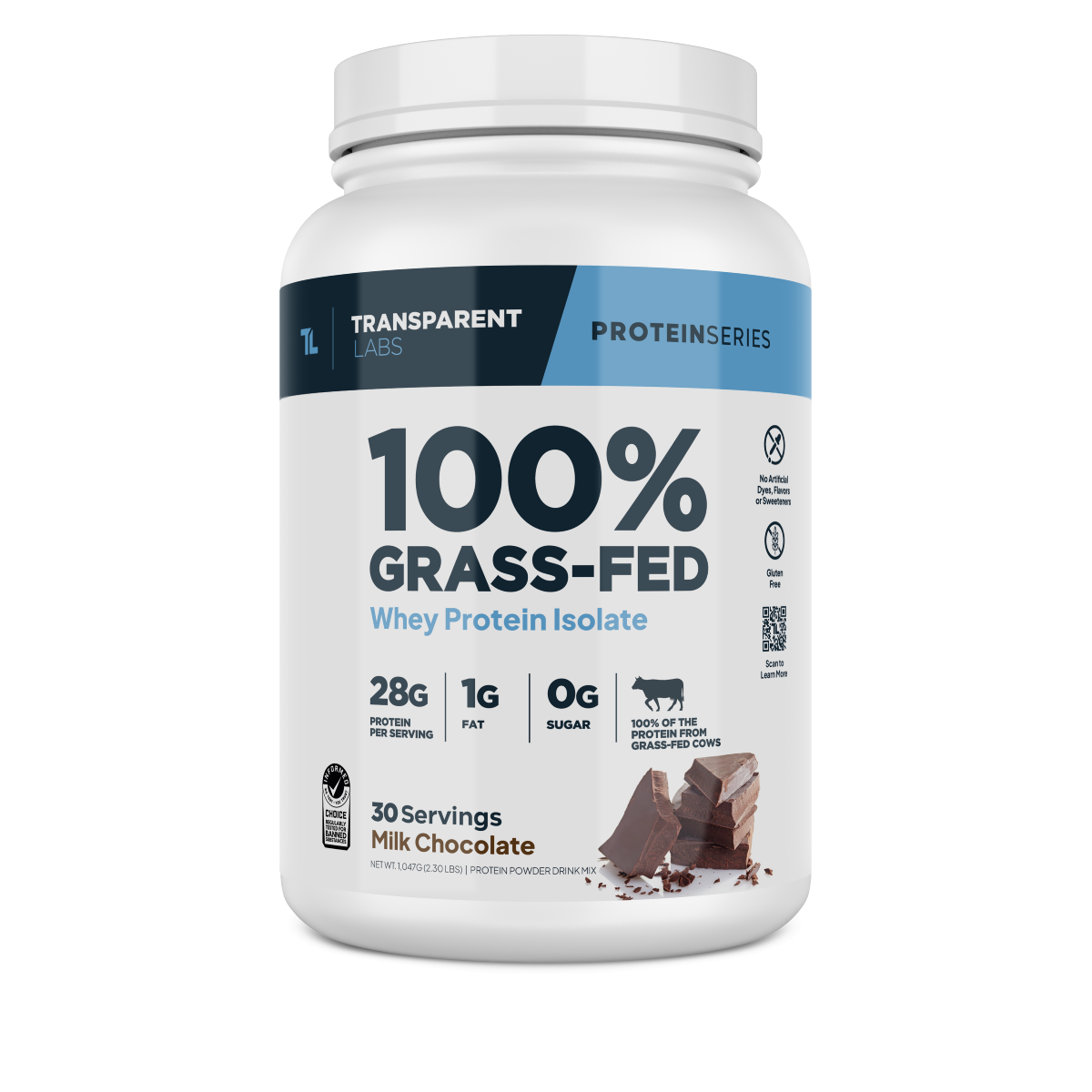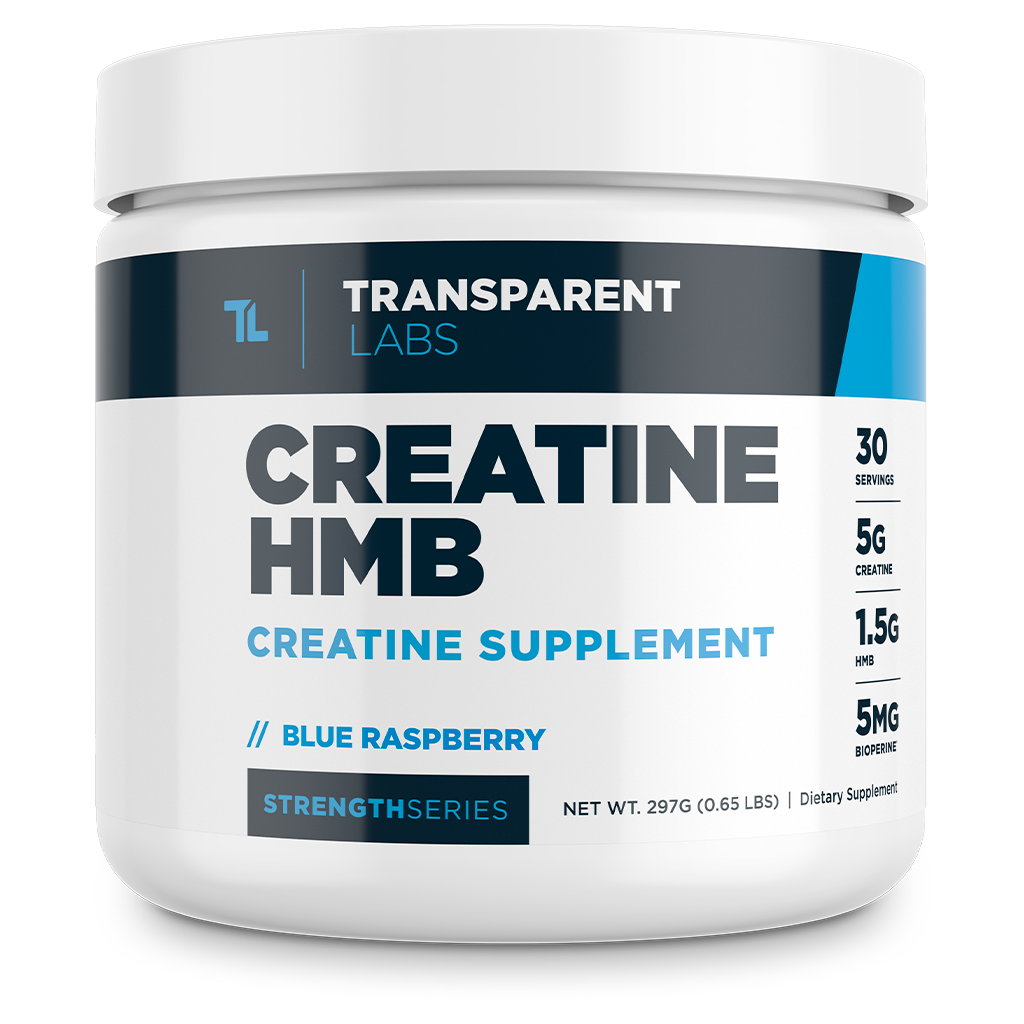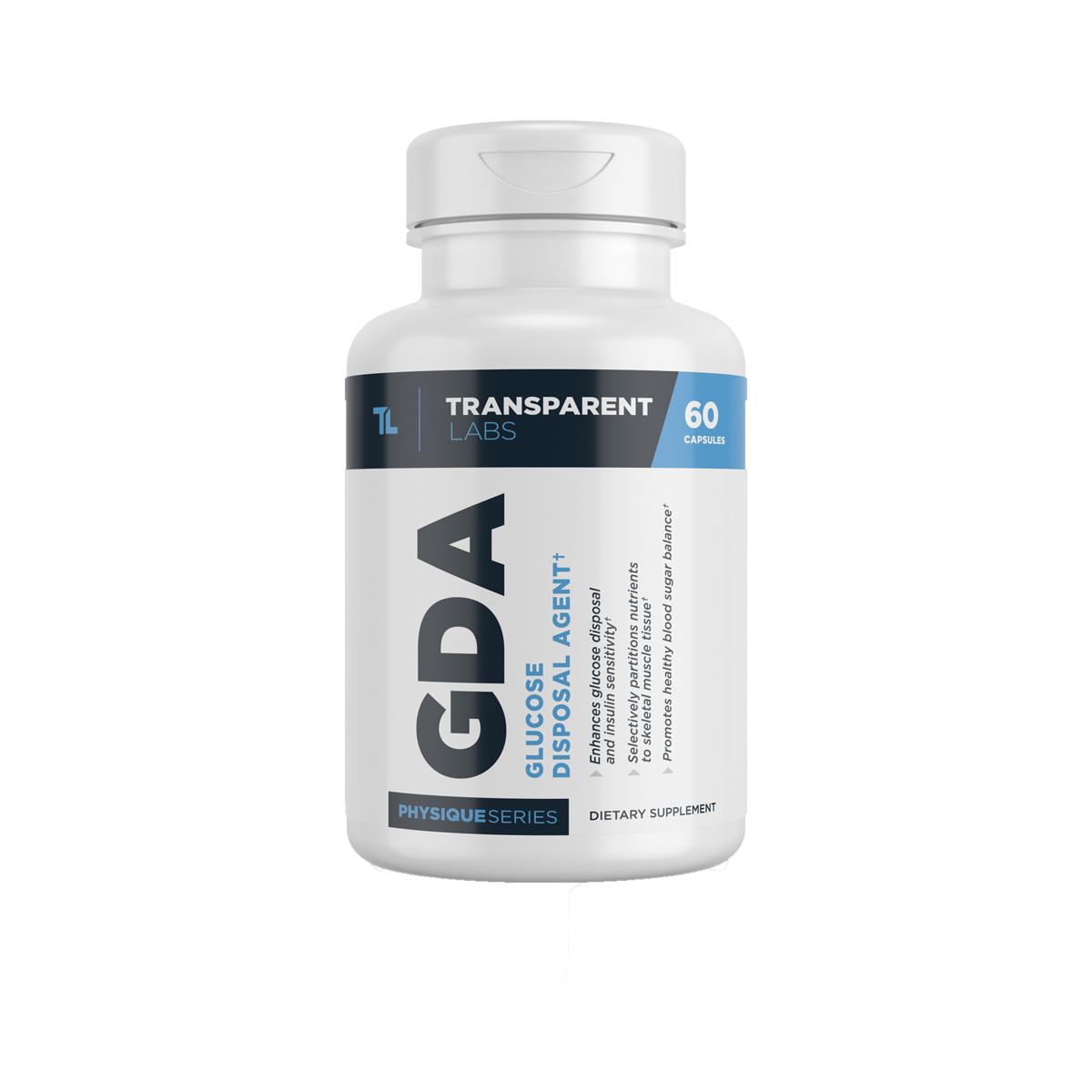3 Bulgarian Split Squat Workouts to Supercharge Your Leg Day

Looking to Spice Up Leg Day? Try These Bulgarian Split Squat Workouts
What’s your go-to leg day routine? Fire up the glutes with some barbell back squats, hit the hamstrings with Romanian deadlifts, then pump out a few sets of leg curls and leg extensions before calling it a day? Pretty solid workout, but there’s one great exercise missing from that list: the Bulgarian split squat.
If you don’t already include single-leg exercises as part of your leg workouts, you should (we’ll explain why in a minute). Split squats are one such exercise that blasts the glutes, hamstrings, and quadriceps with every rep.
Here’s why and how you should add the Bulgarian split squat to your lower-body workouts and how to perform them correctly.
What Is the Bulgarian Split Squat?
Legend has it the Bulgarian split squat — otherwise known as the rear-foot-elevated split squat — was popularized by the Bulgarian Olympic lifting squad during the Cold War. However, there’s no evidence it actually originated from Bulgaria.
This single-leg exercise is essentially a static lunge with the rear foot elevated on a flat surface like a bench or step. The front leg is the working leg, and the greatest tension is placed on the quadriceps and glutes.
Balancing on one leg with your rear foot on a bench sounds complicated, but it’s actually simpler than it looks. Plus, with minimal equipment and bodyweight adaptations, this is a beginner-friendly leg exercise that works for both gym and home workouts.
Maximize Your Leg Day Gains With the Bulgarian Split Squat

Here are four good reasons why the Bulgarian split squat should be one of your go-to lower-body exercises.
1. Maximize Lower-Body Strength With Single-Leg Exercises
Single-leg training is key to maximizing lower-body strength and gains. The prudent way to even out asymmetries is by working each leg individually. In compound movements such as the barbell back squat, it’s easy for stronger muscle groups to compensate for any imbalances. Single-leg exercises, on the other hand, ensure you hit the glutes, hamstrings, and quadriceps of each leg equally.
2. Lift Heavy (Safely)
Unilateral (single-leg) squat variations such as the Bulgarian split squat have been shown to produce similar muscle activation under a lighter load compared to bilateral squats like the barbell back squat [1]. This means you can maximize gains and improve leg strength with lighter weights than you would use with regular back squats.
The Bulgarian split squat also offers a safe way for beginners or those with knee or lower back problems to safely overload the quadriceps and glutes. Using dumbbells means there’s no load placed on the back, and you can safely take your reps to failure.
3. Supercharge Your Split Squats
The difference between the Bulgarian split squat and other single-leg exercises such as lunges and split squats might seem small, but elevating the rear leg makes all the difference. Not only is there greater depth and range of motion, but taking the weight off the rear leg shifts more tension onto the quadriceps and glutes of the front leg. Trust us, you’ll feel the difference.
4. Work the Whole Body
It’s not just your quadriceps and glutes that will burn. As a compound exercise, the Bulgarian split squat engages pretty much every muscle group in the legs, core, and upper body. As well as working the entire upper and lower leg, it activates the hamstrings, calves, hip flexors, and adductors. The core and upper body support and stabilize the movement.
Performed correctly, this exercise can help improve hip mobility, knee and ankle stability, core engagement, and balance.
How to Do a Bulgarian Split Squat

Follow these step-by-step instructions to perform the Bulgarian split squat safely and correctly.
Equipment needed:
- A sturdy chair or bench, around knee height
- A pair of dumbbells or kettlebells (optional)
To perform a Bulgarian split squat:
- Position yourself about 2 to 3 feet in front of the bench with your hips square and feet shoulder-width apart. Place the two dumbbells on either side of your front foot.
- Plant your working leg (the front leg) flat on the ground with the weight in the heel and the knee bent. Place the other leg behind you onto the bench, with the top of the rear foot resting against the bench.
- Pick up the dumbbells and hold them by your sides, supporting their weight with your core and upper body. Keep your arms and shoulders as relaxed as possible.
- Perform a split squat, allowing your hips and back knee to sink towards the floor. Engage your core, keeping your shoulders back and your upper body perpendicular to the ground.
- Push up through your front foot to return to the starting position, squeezing your glutes and quadriceps.
Bulgarian Split Squat Form
It may take a little trial and error to find the most comfortable position for the Bulgarian split squat, so don’t be afraid to experiment. Everyone is built differently, and you should adapt the exercise for your hip mobility and lower-body flexibility. Here are some tips to get you started:
- Ensure you warm up properly: Tight hip flexors and hamstrings will restrict your range of motion.
- Maintain proper alignment: Your hips and shoulders should be square, your legs parallel and hip-width apart, and your front foot pointing forwards. Your front knee should be roughly level with or behind your front foot, not tracking forwards in front of your toes.
- Stay upright: Avoid leaning the upper body forward or folding at the hips. Instead, keep your back straight with a neutral pelvis position.
- Relax your rear leg: It’s there for support only and shouldn’t be consciously engaged.
Modifications and Adaptations of the Bulgarian Split Squat
Not every Bulgarian split squat has to look the same. Here are three modifications you might consider, depending on your training goals or preference:
Adjusting weight: We recommend beginners start with a bodyweight squat variation. Once you feel confident and balanced in the movement, you can add weights. You can perform a Bulgarian split squat with a barbell, a pair of dumbbells or a single dumbbell, or a kettlebell held in front of your chest like a goblet squat. A single weight is a good starting point for beginners, while the safest way to add heavy weight is with a pair of dumbbells.
Modifying foot position: The exact distance between the bench and your front foot is mostly a question of personal preference. However, a shorter distance from your front foot to the bench will place a greater load on the quadriceps, while a longer distance will hit the glutes more. Maintaining good form is the most important factor, so seek advice from a personal trainer if needed.
Adapting bench height: If hip mobility is an issue, you can perform the Bulgarian split squat with a lower bench or a step for your rear foot. This will mean less overload on the front leg, but you’ll still benefit from a greater range of motion than a regular split squat. Be sure to seek medical advice before performing the exercise if you have hip problems or pain.
3 Bulgarian Split Squat Workouts to Supercharge Your Leg Day

Try these three Bulgarian split squat workouts and feel the burn:
1. Load up the Weights
If you can perform three sets of 15 bodyweight Bulgarian split squats, you’re ready to add weights.
How to do it: How many sets and reps you complete depends on your training goals, but a good starting point is to aim for 3-4 sets of 10-12 reps total or 3-4 sets of 6-8 reps on each side. Rest 1 to 2 minutes between sets.
2. Add Plyometric and Bodyweight Variations
Plyometric and bodyweight exercises are great for improving athletic fitness, proprioception, and lower-body strength. They are also practical for home workouts or when equipment is limited.
In the gym, perform these exercises as a drop-set by completing your weighted reps, then dropping the dumbbells and completing a bodyweight set to fatigue the muscles even more.
How to do it: Complete 10-12 dumbbell Bulgarian split squats on each side, using moderate to heavy dumbbells. Drop the dumbbells and move straight into a series of 10-15 bodyweight Bulgarian split squats.
For a more challenging alternative, perform 10-15 plyometric variations. Push through your front foot and jump straight up in the air. Aim to bring your front knee up as high as possible (see if you can clap your hands under your knee while in the air) and land as softly as possible. This advanced athletic move will improve your leg strength, coordination, and explosive power.
Complete 3-4 series total.
3. Increase Time Under Tension
Increasing leg strength and building muscle is all about creating progressive overload; one way to do this is to increase the time under tension (TUT) of each repetition. By slowing down the movement, you increase the amount of time that the muscles are under load, contributing to overall muscle growth [2].
How to do it: Perform 3-4 sets of 10-12 reps or 3-4 sets of 6-8 reps of dumbbell Bulgarian split squats on each side. Add a 2-3 second isometric hold at the bottom of the movement before pushing back up. Alternatively, slow down the eccentric (downward) movement for 3-5 seconds before pushing back up. Rest for 1 to 2 minutes between sets.
Make the Bulgarian Split Squat a Leg-Day Staple
Single-leg exercises should be a staple of every leg day. For the best results, include one of these Bulgarian split squat variations in each of your lower-body workouts, preferably after heavy compound lifts such as barbell squats or Romanian deadlifts. For variety, alternate them with other single-leg exercises such as barbell lunges, walking lunges, or single-leg squats.
To maximize muscle growth, you also need to keep your nutrition in check. Consume sufficient protein, and give your leg muscles time to rest and recover between training sessions.




